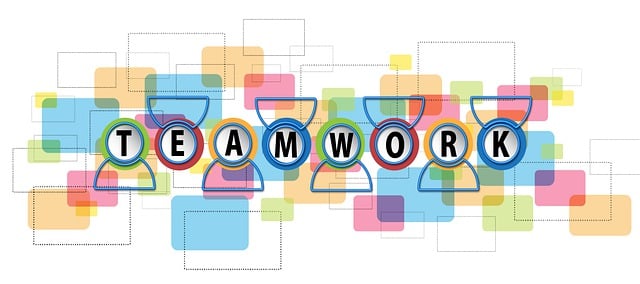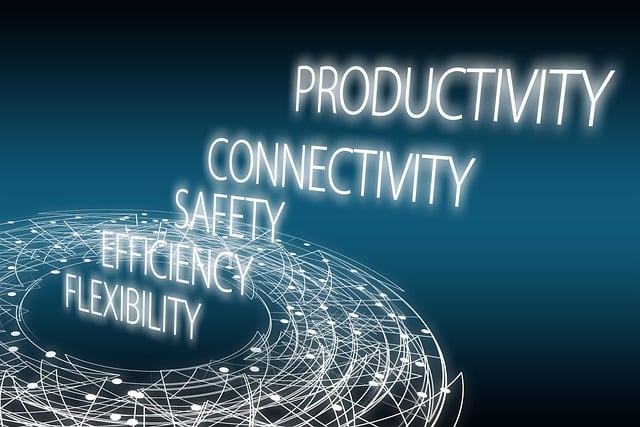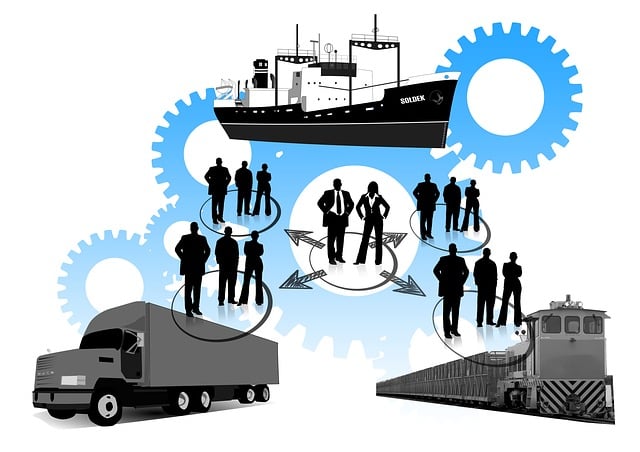Kaizen, a Japanese philosophy of continuous improvement, drives organizational excellence through incremental changes encouraged by all employees. Lean management and 5S training, with stages Sort, Set in Order, Shine, Standardize, and Sustain, streamline operations, eliminate waste, and enhance efficiency. Regular 5S workshops equip staff to identify inefficiencies, standardize best practices, and maintain organized workspaces, fostering a culture of continuous improvement and process standardization for sustainable success.
Discover the power of Kaizen-based organization methods for enhancing productivity and efficiency. This article explores key strategies such as the 5S Method for decluttering workplaces and Lean Management for streamlining processes. We’ll delve into understanding Kaizen’s philosophy of continuous improvement and its role in standardization and training, providing sustainable process improvements for any business. Implement these techniques to revolutionize your workplace organization and achieve remarkable results.
- Understanding Kaizen: A Philosophy of Continuous Improvement
- The 5S Method: Decluttering for Optimal Workplace Organization
- Lean Management: Streamlining Processes for Efficiency
- Standardization and Training: Key to Sustainable Process Improvement
Understanding Kaizen: A Philosophy of Continuous Improvement

Kaizen, a Japanese concept meaning “continuous improvement,” is a philosophy that drives organizations to achieve excellence through incremental changes. This approach emphasizes small, manageable steps towards perfection, fostering a culture of continuous learning and adaptation. At its core, Kaizen encourages employees at all levels to identify inefficiencies and propose solutions, transforming the workplace into a collaborative environment where everyone contributes to improvement.
The philosophy aligns seamlessly with the principles of lean management and 5S training, which focus on workplace organization and process standardization. By implementing Kaizen, organizations can streamline their operations, eliminate waste, and enhance overall efficiency. This method ensures that improvements are not one-off events but become ingrained in the organizational culture, leading to sustained success and competitiveness in today’s dynamic business landscape.
The 5S Method: Decluttering for Optimal Workplace Organization

The 5S Method is a powerful tool within the Kaizen approach to workplace organization and lean management. It involves five distinct steps: Sort, Set in Order, Shine, Standardize, and Sustain. By implementing this system, organizations can significantly improve efficiency and productivity by decluttering and streamlining their workspace. The first step, ‘Sort’, encourages employees to discard unnecessary items, keeping only what is essential for daily tasks. This initial phase lays the foundation for the subsequent steps.
‘Set in Order’ involves organizing the remaining tools and equipment in a logical and easily accessible manner. It ensures that everything has its place, facilitating faster and more efficient work processes. The ‘Shine’ stage promotes a clean and well-maintained environment, fostering pride among employees. Regular cleaning and inspection contribute to maintaining order. ‘Standardize’ focuses on process standardization, ensuring that best practices are followed consistently, which leads to improved quality and reduced errors. Finally, ‘Sustain’ emphasizes the ongoing nature of 5S training and continuous improvement, ensuring the long-term success of workplace organization.
Lean Management: Streamlining Processes for Efficiency

Lean Management is a critical aspect of Kaizen-based organizational methods, focusing on streamlining processes to enhance efficiency and productivity in the workplace. This approach, rooted in Japanese manufacturing practices, emphasizes the elimination of waste, which can manifest as unnecessary steps, delays, or overproduction. By implementing lean management techniques, organizations can achieve smoother operations, reduce costs, and improve overall quality.
One key component of lean management is the 5S training methodology—Sort, Set in Order, Shine (Clean), Standardize, and Sustain. This system encourages employees to organize their workspace, maintain a clean environment, and establish standardized processes. Regular 5S continuous improvement practices foster a culture of workplace organization, ensuring that every employee contributes to process standardization and efficiency.
Standardization and Training: Key to Sustainable Process Improvement

Standardization and training are cornerstones in implementing a Kaizen-based organization method, fostering sustainable process improvement. By adopting principles like 5S training—a systematic approach involving sorting, setting in order, shining (cleaning), standardizing, and sustaining—workplace organization is transformed. This lean management strategy ensures that processes are streamlined, efficient, and consistent, reducing waste and enhancing productivity.
Workplace culture shifts towards continuous improvement, where every employee understands their role in maintaining and optimizing processes. Regular 5S continuous improvement workshops train staff to identify inefficiencies, standardize best practices, and maintain a tidy, organized workspace. This not only improves workflow but also fosters a sense of ownership and engagement among employees, ensuring that process standardization remains a vital part of the organization’s DNA.
By adopting a Kaizen-based organizational approach, businesses can foster a culture of continuous improvement and efficiency. The 5S method, lean management techniques, and process standardization all play vital roles in creating a more organized, productive workplace. Through effective training, organizations can sustain these improvements, ensuring long-term success and competitiveness in today’s market. This holistic strategy not only enhances productivity but also employee satisfaction, ultimately contributing to business growth.
